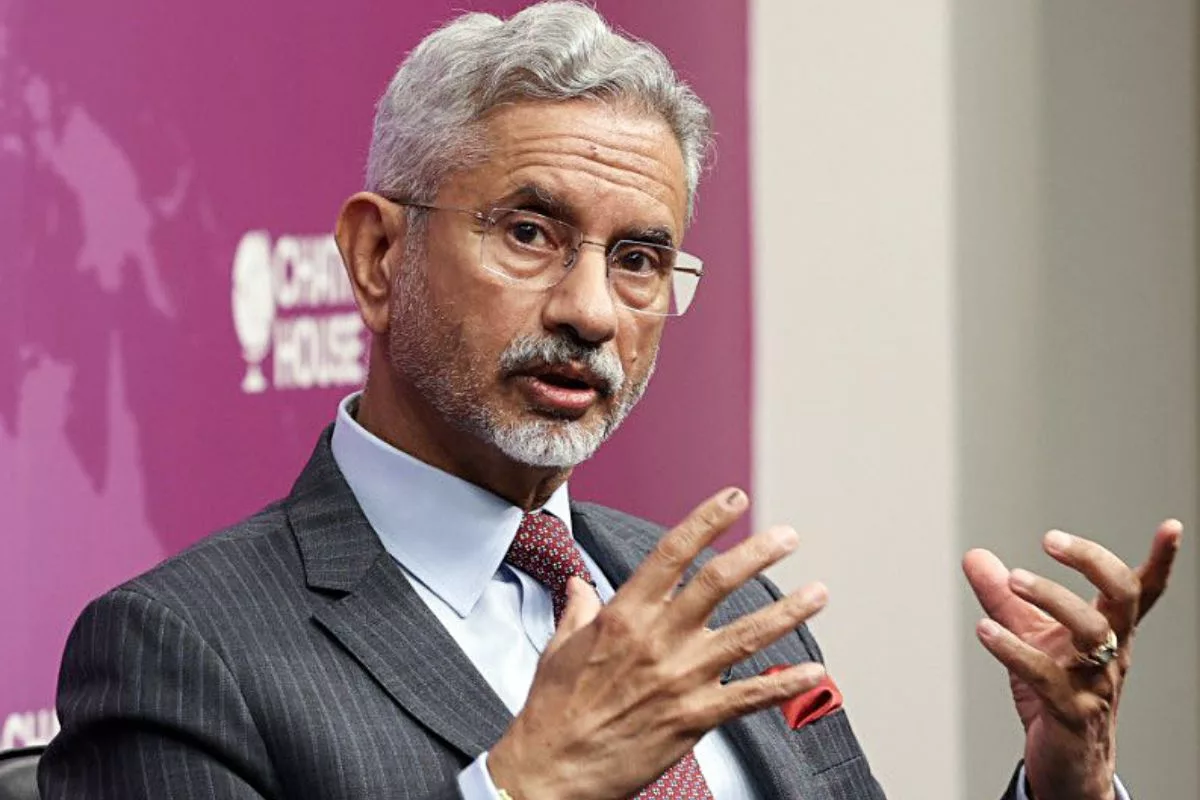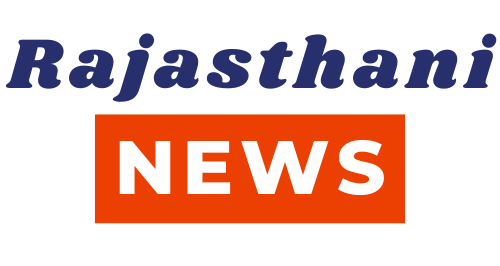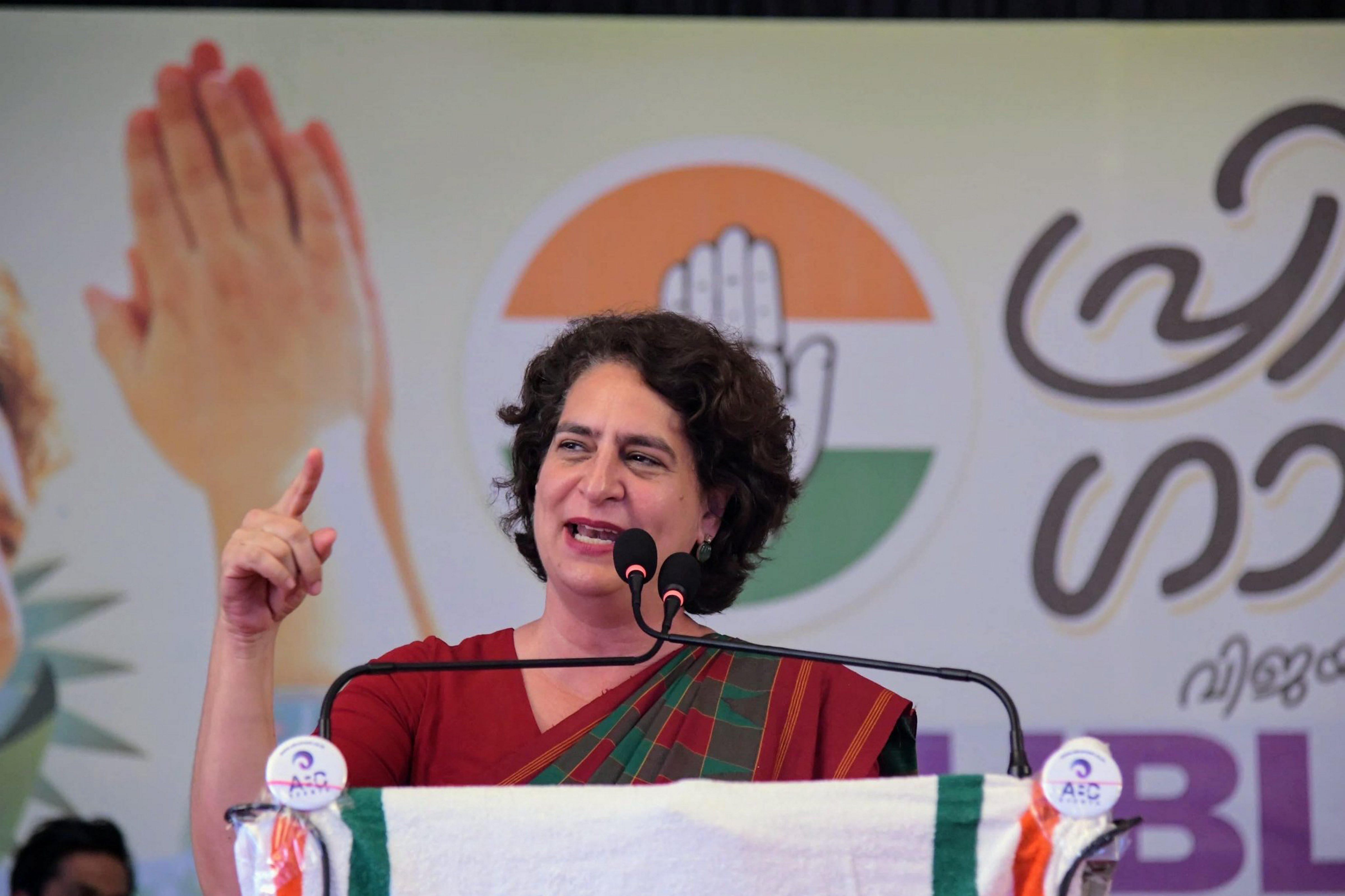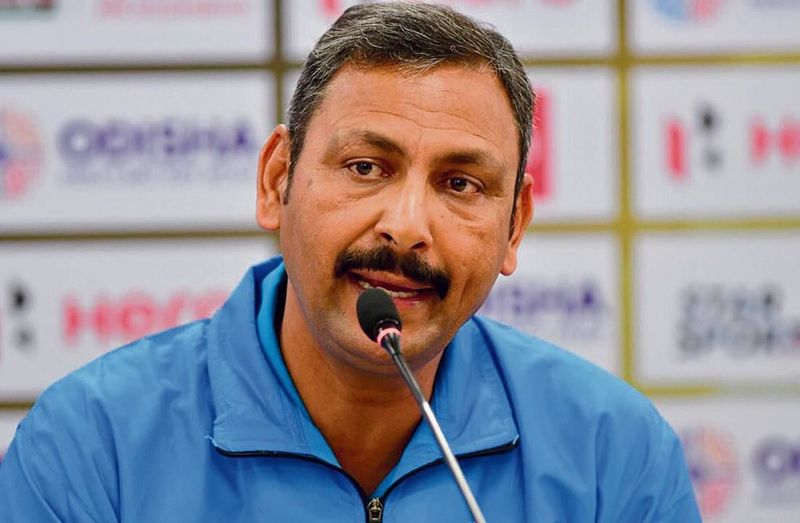India-U.S. Trade Deal Must Respect New Delhi’s “Red Lines”, Says Jaishankar — Efforts Underway to Resolve Differences
- byAman Prajapat
- 06 October, 2025

In New Delhi today, External Affairs Minister S. Jaishankar delivered a statement that sounds like both a warning and an invitation: any trade deal between India and the United States must respect India’s “red lines,” even as efforts continue to navigate the choppy sea of bilateral differences and find a common “landing ground.”
The Context: Tariffs, Tensions, and Trade Aspirations
It’s no secret that U.S.–India relations have run into turbulence lately. Earlier this year, the U.S. administration imposed a so-called reciprocal tariff of 25 percent on Indian goods, followed by an additional 25 percent “penalty” tariff linked to India’s continued imports of discounted Russian oil. The total duty burden reached 50 percent on many goods — a move that New Delhi openly decried as “unfair, unjustified and unreasonable.”
India’s retort has consistently been that the country’s energy security and strategic autonomy must be respected. New Delhi pointed out that, if the U.S. is penalizing India for buying Russian oil, it should do so uniformly — rather than picking and choosing. Jaishankar alluded to this: other nations with more strained relations with Russia have also bought Russian energy but escaped similar retaliation.
This trade conflict doesn’t exist in a vacuum. A strong India–U.S. trade deal is viewed by both sides as strategically desirable: for India, access to U.S. markets, inflow of technology, supply chain integration; for the U.S., better penetration into one of the world’s fastest growing markets. Earlier this year, Prime Minister Narendra Modi and U.S. President Donald Trump had set a target of expanding bilateral trade, with ambitions to double or reach very high thresholds by the end of the decade.
But ambitions collide with realities: conflicting demands on agriculture, dairy, data localization, intellectual property regimes, and tariff levels. India’s domestic sensitivities — especially its duty to protect its farmers, its small and medium enterprises, and its nascent industrial sectors — make many U.S. demands non-starter unless massive compensations or safeguards are built in.
Jaishankar’s Message: Red Lines & the Landing Ground
At the 4th Kautilya Economic Conclave in New Delhi, Jaishankar framed India’s negotiating posture in stark terms: yes to an agreement, but only one where its bottom lines are respected.
“Whatever happens at the end of the day, there has got to be a trade understanding with the U.S. … but it has to be an understanding where our bottom lines, our red lines are respected.”
“There are things you can negotiate and there are things you cannot.”
He acknowledged that many issues remain unresolved. The failure so far to identify a “landing ground” — i.e. a mutually acceptable termset that both sides can live with — has been central to the impasse.
In his remarks, Jaishankar also noted that while some parts of the bilateral relationship continue as “business as usual” (or in some cases, even expanding), it is in trade — and in reconciling competing pressures — that the greatest strain is being felt.
He underlined that in any agreement, a balance must be struck: India cannot surrender its strategic sovereignty or its core economic interests for the sake of market access. He declined to overinterpret tensions, saying the issues themselves — not theatrics — should be the focus.
What India Counts as Red Lines
While Jaishankar hasn’t publicly listed every red line, observers and earlier statements by other ministers provide insight into what India considers non-negotiable:
Agriculture & Dairy: In June 2025, Finance Minister Nirmala Sitharaman explicitly said agriculture and dairy remain critical non-negotiables — opening up these sectors too fast or too deeply could devastate the livelihoods of millions of small farmers.
Tariffs & Duties: India insists that its existing tariffs, especially on goods deemed strategic or for protecting infant industries, cannot be compulsorily slashed without compensatory benefits or time-bound transition safeguards.
Energy Sovereignty: The U.S. link between trade compliance and India’s choice of energy suppliers (specifically Russian oil) has been vehemently rejected by New Delhi.
Data & Digital Sovereignty / Localisation Rules: India has been firm on retaining the ability to regulate data flows, data storage, and digital infrastructure under its own laws.
Geopolitics & Strategic Autonomy: Behind trade lies the broader concern: does India become too beholden, too constrained by U.S. demands in defense, supply chains, or security alignments?
Industrial & MSME Protection: India will push for safeguards so that U.S. goods don’t flood and crush domestic small enterprises in sectors where India is still scaling capacity.

The U.S. Position & Pressures
From Washington’s side, the push is clear and sometimes blunt. U.S. Commerce Secretary Howard Lutnick recently said that increased access to the U.S. consumer base must be matched by reciprocity in opening Indian markets. American voices are pressing India to “play ball.”
The U.S. has long argued that India’s tariff and non-tariff barriers keep out American products unfairly, and that reform — especially in agriculture, dairy, pharma, autos, and digital services — is necessary if India wants preferential access.
But in recent months, U.S. demands have hardened: the linkage with Russian oil, threatening additional punitive tariffs unless India curbs certain imports, has raised the stakes enormously.
Thus, U.S. negotiators must walk a fine line: pressing India to open, while avoiding pushing it into a corner that would provoke backlash or moral hazard in New Delhi.
The Path Forward: Can They Find That Landing Ground?
The crux now is whether both sides can identify that sweet spot — where U.S. demands and Indian red lines overlap enough to construct a credible, durable agreement.
India will likely approach this via “phased liberalisation” or “sensitive lists” — i.e. certain sectors open gradually, others protected for defined transition periods. Meanwhile, trade offsets, capacity building support, or safeguard clauses may be insisted upon.
On the U.S. side, they may have to moderate demands or accept exceptions in strategic sectors, concede on punitive tariff threats, and provide incentives for Indian cooperation — particularly in defense, critical minerals, semiconductors, and clean energy.
Diplomatic channels remain active. India and the U.S. have resumed trade negotiations after a brief pause. Prime Minister Modi and President Trump had set high expectations earlier in the year.
Signals from both ends suggest they don’t want total breakdown. New Delhi’s insistence on red lines is not hostility — it's a demand for dignity and strategic coherence. Washington, for its part, must reconcile its ambitions with Indian realities.
If they reach a landing ground, the deal could recalibrate global trade norms. If they don’t, we might see standoffs, tariff expansions, or realignments in alliances.
Takeaway
Jaishankar’s declaration is firm: India will not compromise core interests simply to appease U.S. trade pressures.
But it also leaves the door open — negotiations continue, with intent to find common ground.
The true test lies in how flexible both sides are in the coming rounds: will the U.S. soften its demands? Will India compromise where it can?
Either way, the outcome will not only shape India–U.S. relations but send ripples through trade diplomacy globally.
Note: Content and images are for informational use only. For any concerns, contact us at info@rajasthaninews.com.
जयपुर मे सोने और चां...
Related Post
Hot Categories
Recent News
Daily Newsletter
Get all the top stories from Blogs to keep track.











